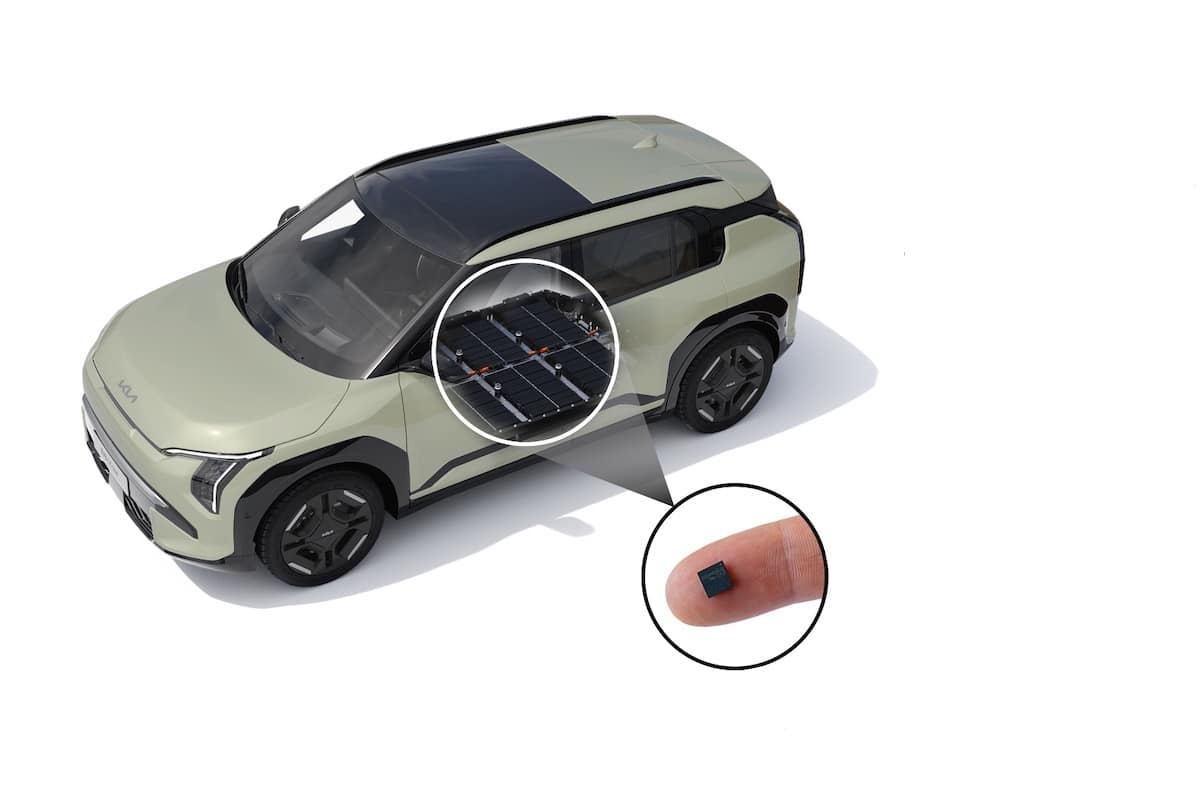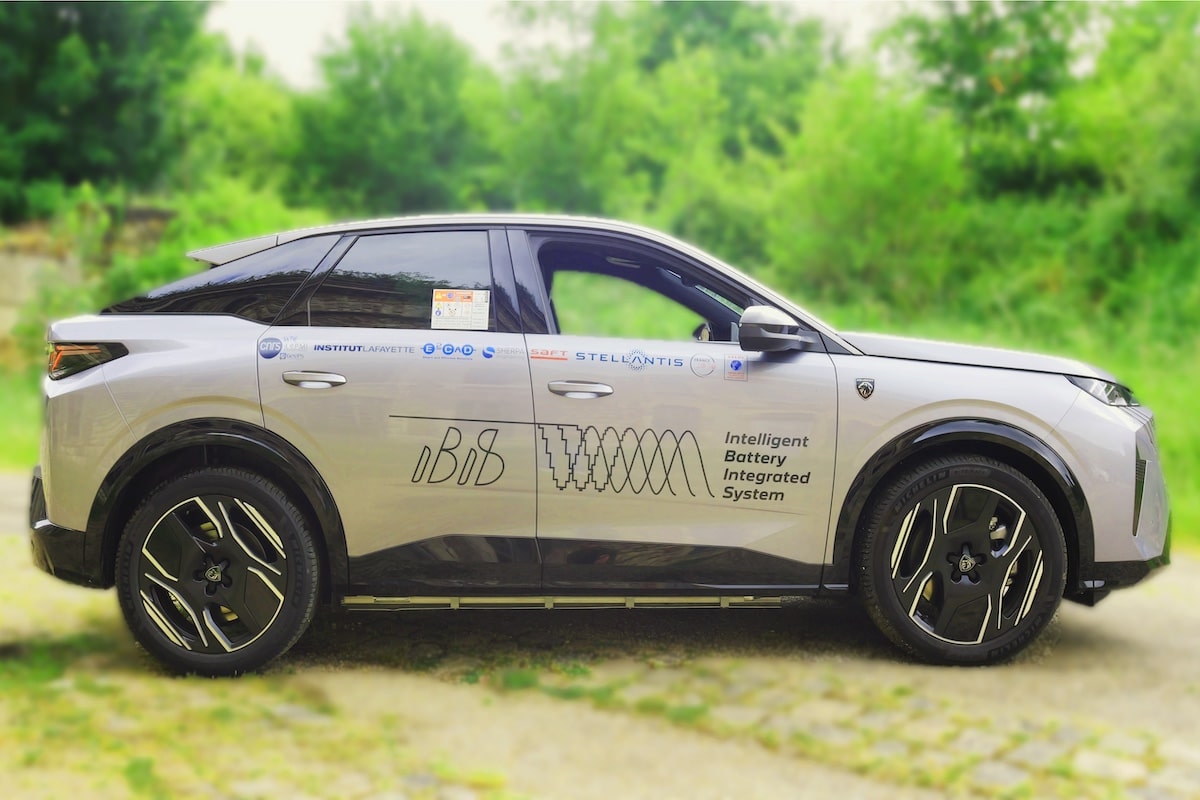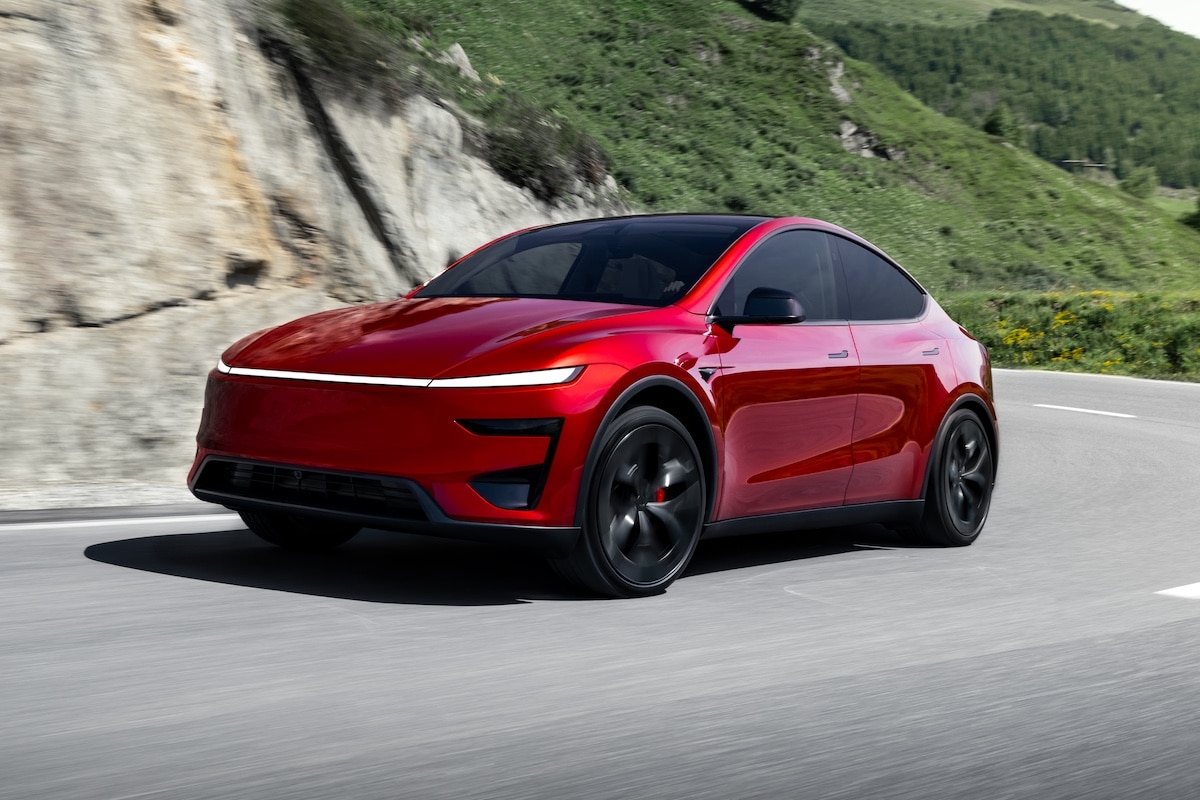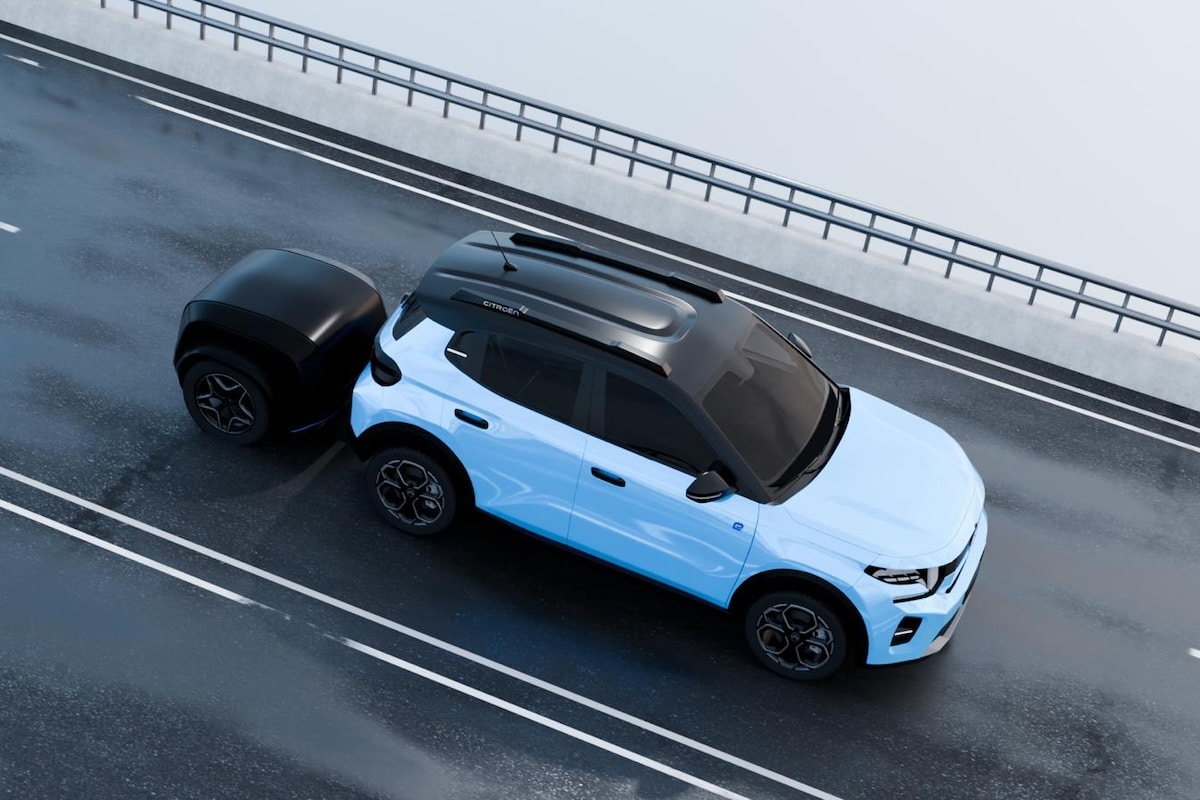Stellantis takes a step towards ultra-fast charging like filling up a tank
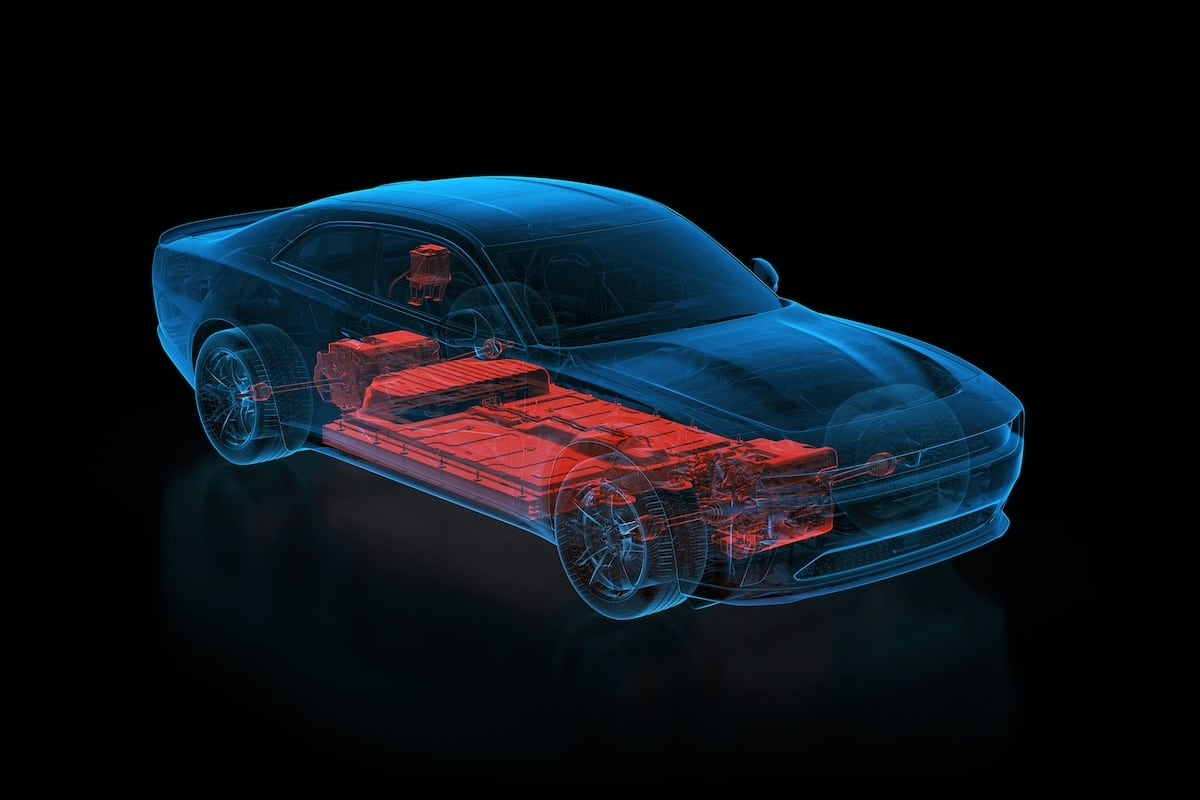
Stellantis and Factorial Energy take a major step forward in fast-charging solid-state batteries.
Stellantis and Factorial Energy announce the successful validation of FEST® (Factorial Electrolyte System Technology) solid electrolyte battery cells suitable for motor vehicles. With an energy density reaching 375 Wh/kg and a charging capacity of 15% to 90% in only 18 minutes, this breakthrough marks a key milestone toward commercializing solid-state batteries.
These 77 Ah cells deliver a discharge power of up to 4C and operate across extreme temperature ranges from -30°C to 45°C, thanks to electrolytes designed with AI-powered tools. Compared to conventional lithium-ion batteries, Factorial’s solutions increase energy density and reduce charging time, while satisfying the higher performance demands of electric vehicles.

Ned Curic, Chief Engineering and Technology Officer of Stellantis, emphasizes: “This collaboration with Factorial elevates our electrification strategy, offering lighter, more efficient, and accessible batteries for our customers.”
Faster rather than further
Beyond the cells, the two companies are working to optimize pack architecture to reduce weight, increase range, and improve integration into vehicles. These efforts aim to make electric mobility solutions more sustainable and cost-effective.
Since its strategic investment of $75 million in 2021 in Factorial, Stellantis plans to introduce this technology into a pilot fleet by 2026, enabling real-world performance validation before large-scale production.
This milestone illustrates the fierce competition among automakers in fast-charging technology. After swearing allegiance solely to range, everyone is coming to their senses and realizing that the key to widespread electric adoption is fast charging.
ALSO READ: Here’s how to easily recharge your car on public chargers
This page is translated from the original post "Stellantis fait un pas vers la recharge aussi rapide qu’un plein" in French.
We also suggestthese articles:
Also read
